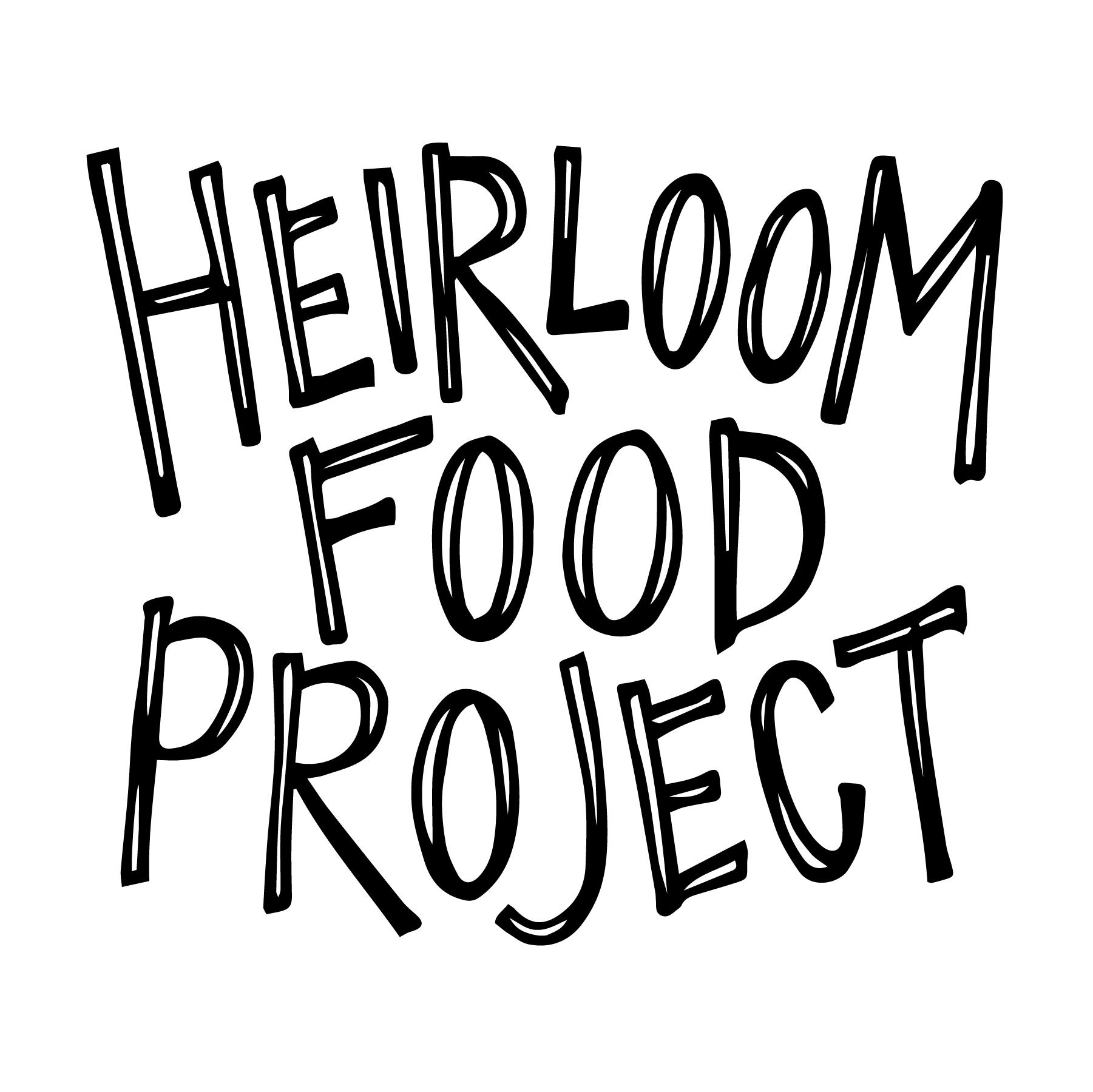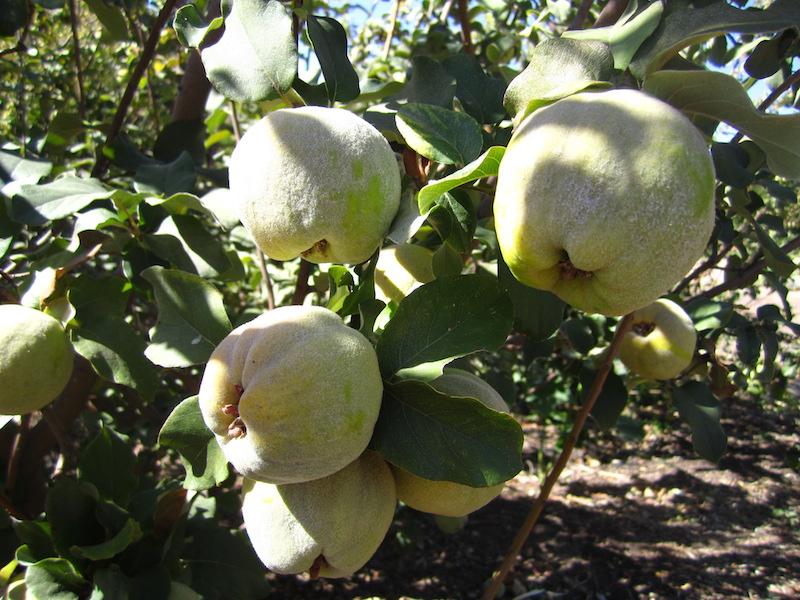Traditions Across The U.S.: Dulce de Membrillo
In Tucson, Arizona, a UNESCO World City of Gastronomy, there is a place called Mission Garden. There, roaming the grounds allows you to experience 4,000 years of agriculture—the longest known history of cultivation in the U.S.
In that garden, I met Josefina. She was teaching people how to make dulce de membrillo (quince paste) at a festival celebrating fall’s quince harvest. The freestanding fire stove sat next to an orchard of trees introduced by the Spanish—seville orange, fig, pomegranate, quince—grown from cuttings of the oldest heirloom fruit trees in the region.
At the stove, Josefina invited every curious person into the activity, freely and patiently explaining each step. Each time she spoke, wisdom poured out. She told us to listen to what the food was saying it needs: “This is better than giving you recipe cards,” she said, “that’s not better than doing. See, you will not forget this.”
While we stirred, Josefina handed us cups of atole, a sweet drink made of ground fresh fig leaves, water, flour (or masa) and a little sugar. It’s medicine for the intestines.
She fed the fire, opening the small hinged door at the front and throwing branches into the belly. Smoke cheerfully billowed up and out of the chimney, while we onlookers chattered and took turns stirring the paste. After two hours and many shifts of stirrers, the sun ducked behind Sentinel Peak, a sacred site of the O’odham people, and the dulce de membrillo was ready.
It was profound—being outside, sipping and stirring the fruits of the very orchard we were standing in, working by the light of the sun, and listening to a woman who spilled over with wisdom, spunk, and warmth.
I deeply admire cooks like Josefina who taste and stir and throw in a little of this and a handful of that and know when it’s ‘right’ by the way it looks, feels, sounds, and tastes. They cook with grace and joy and purpose. Their food traditions are rituals performed with practiced hands; their recipes are not stored in a box, but, rather, kept close to the heart.
What traditional dishes do you make without a recipe, but by feel and memory?
For the past two months, in preparation for a move to Copenhagen, Denmark, I traversed the U.S., savoring and observing and sinking deeply into food traditions along the way. Once in Denmark, I want to be able to share tastes and tell stories and proudly say, “this is where I come from.”
Through art and story vignettes, this series highlight the traditions I had the privilege of experiencing on this trip and prompts you with tangible ways to revive, reflect, and start food traditions of your own. Because I believe, whether you’re moving or staying put, proudly sharing food that says “this is who I am and where I’m from” can be one of the greatest joys of a well-lived life.





